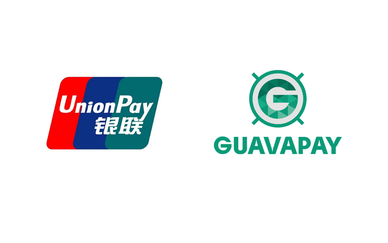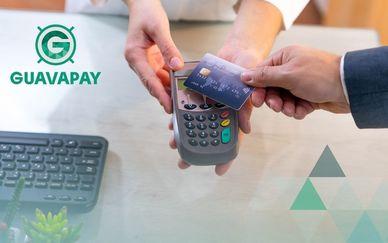Embedded finance has been in the spotlight of attention for the last years as it is becoming the game-changer for many industries and services around the fintech landscape.
Delivering embedded finance across the globe facilitated the improvement of cross-border payments both for businesses and end-customer.
Cross-border payments have always been a sector of constant change and disruption as it has been attributed mostly to international trade development.
According to Statista, the cross-border e-commerce market is expected to reach a value of 2.25 trillion U.S. dollars by the year 2026. In 2019, the cross-border online shopping sector was valued at roughly 579 billion U.S. dollars.
Initially, cross-border payments acting as an inseparable part of the globalized world, still always present a challenge for most Financial Institutions, mainly because of low speed, additional costs (FX conversion fee, transaction fees), and problematic transparency.
Additional pain points of conventional cross-border payment systems are speed and manual workload that in the era of flash transactions lingers back the whole process.
Still, international trade and globalization immensely prompted cross-border payments at the forefront of the payment industry. While traditional banks rush for innovations, fintech put their ways for smooth and seamless transactions around the globe.
Embedded fintech in this sense acts as uniting force between regulation, payment networks, and end-users and undoubtedly is pushing this development even further within the frames of regulation.
Regulation is not a friction
Traditionally, cross-border payments always encountered difficulties of regulation and localization that brought on the complexities of currency volatility, compliance, and local currency issues. The archaic payment infrastructure of traditional systems and its fragmentation makes cross-border businesses have to change their focus on regulation and requirements of a certain country resulting in lengthy timings for production.
However, with the embedded finance development that shapes the industry, cross-border payments and transfers also are easily completed on a global scale due to advanced technology propositions.
Embedded finance as technology is actively responding to the demands of flexibility and speed.
In order to better serve to expand international businesses, some embedded finance technology providers unfold the opportunities to meet the cost and burden of regulation in several regions at once. They achieve this by developing a network that delivers regulatory compliance in multiple territories, often via in-country banking networks or strategic Fintech partnerships. Differently from traditional systems, the embedded fintech providers achieve this due to constantly growing network of strategic partnerships, creating the network.
In conclusion, the customer gets a flexible platform with an integrated bunch of international transfer opportunities received from a single account infrastructure.
Modular infrastructure powers cross-border payments
New technologies bring speed and flexibility enabling more integrated and seamless transactions.
From the times of fragmented technologies and a lack of interoperability to the modular infrastructures that integrate all necessary tech features underpinned by a seamless global network connection cross-border payments get a new wave of acceleration.
For years tech companies are struggling to enable seamless and frictionless payments on a global scale to unlock business growth potential and diminish the frictions while entering new local markets.
The modularity of the most embedded service providers enhanced by real-time APIs helps to achieve payment scalability in real-time.
Real-time APIs and flexible platform architecture integrating diverse solutions coupled with global reach under one roof will help businesses and payment providers achieve payment scalability in real-time.
Open Banking
Open Banking is rightly considered to be the technology to simplify cross-border payments by offering APIs access to account information services (AIS) and payment initiation services (PIS), allowing apps to directly interact with bank accounts.
Open banking is a unique technology that enables third-party developers to build new applications around API. Thus, third-party payment processors get access to financial data by means of the use of application programming interfaces (APIs). Due to API, the third-party providers and financial Institutions integrate into one place different accounts and data across all different institutions. These services make it possible for more apps to directly interface with your bank account, which is where major developments in the worlds of FX and cross-border payments come in.
The use of API and open banking proved to have immense benefits for cross-border payments. Access to direct transactions between accounts across borders provided by open banking and API harnesses the power of cross-border payments.
 Sign in
Sign in



